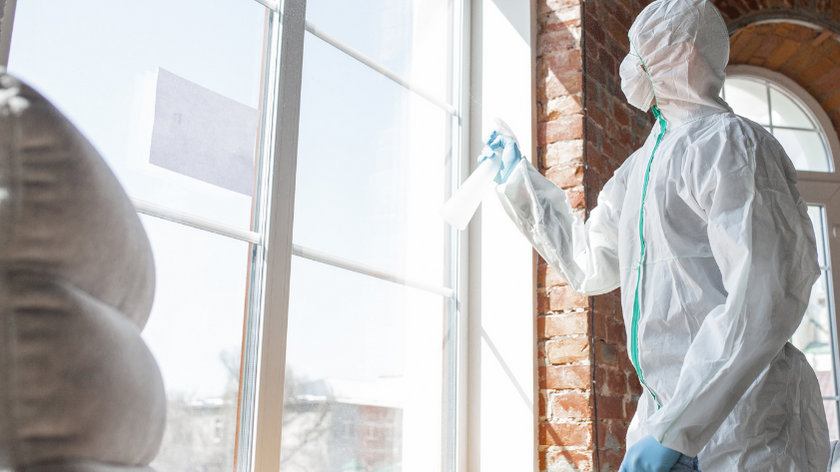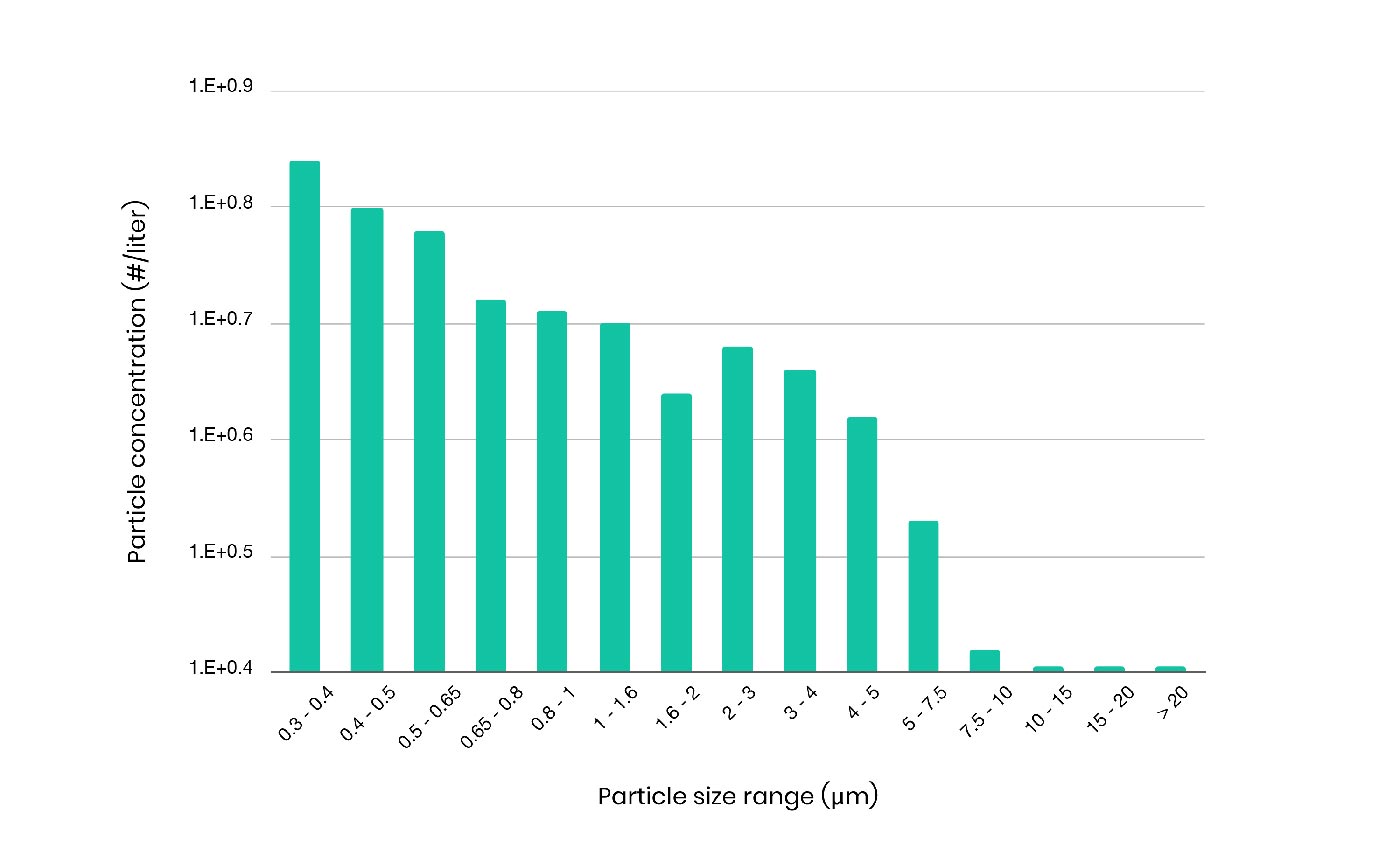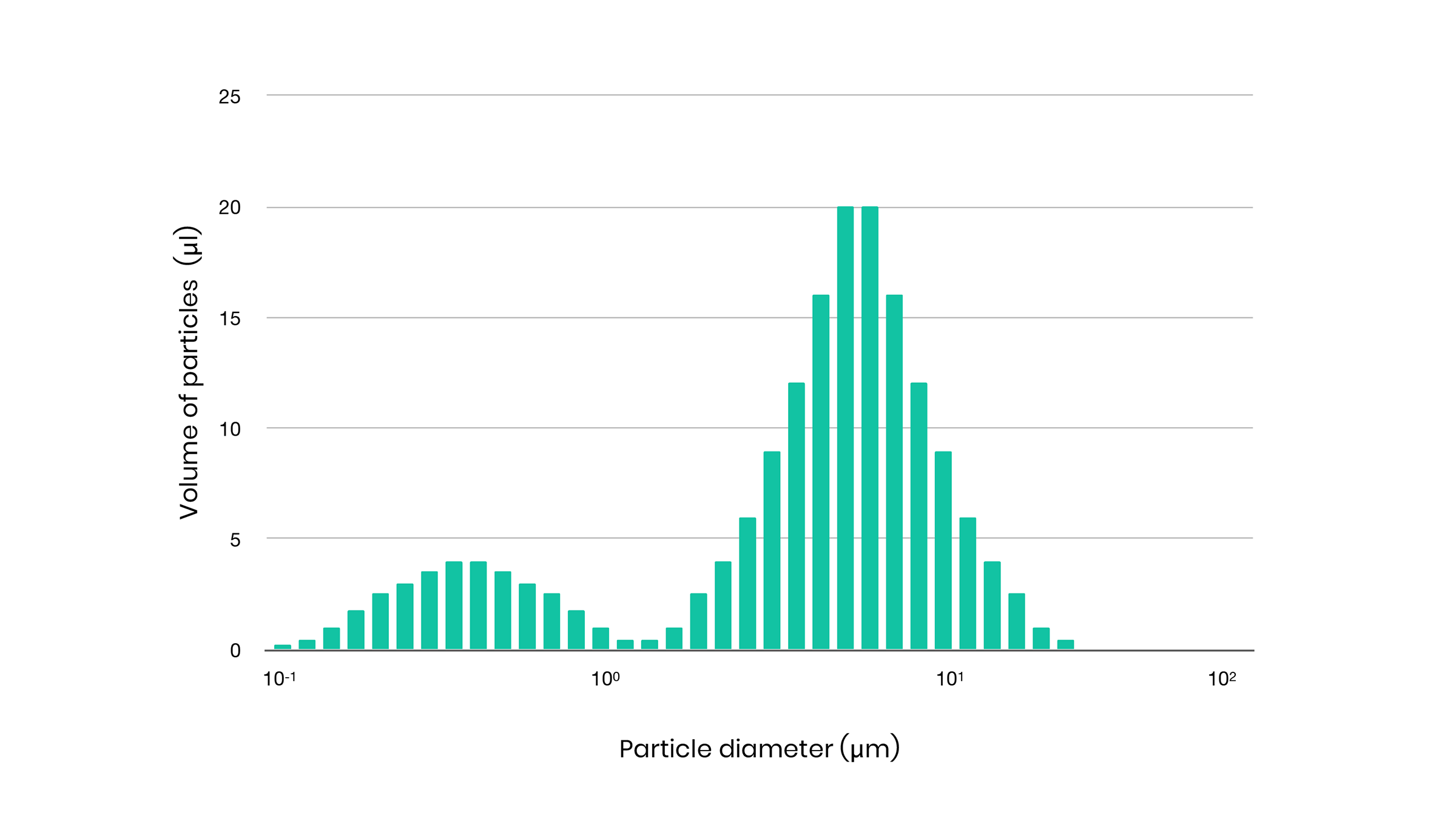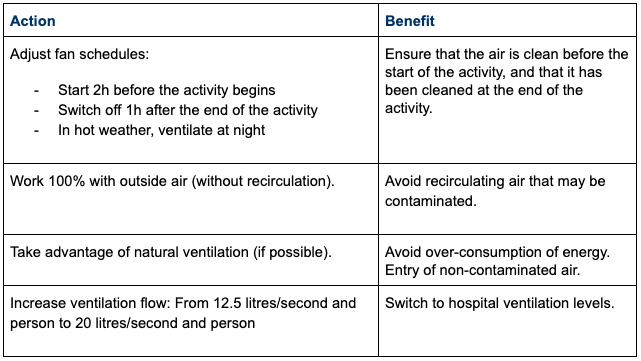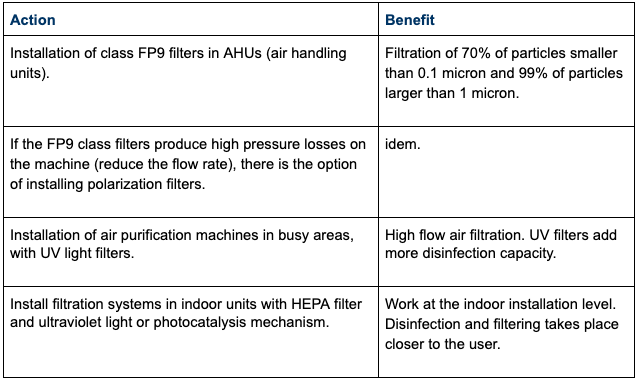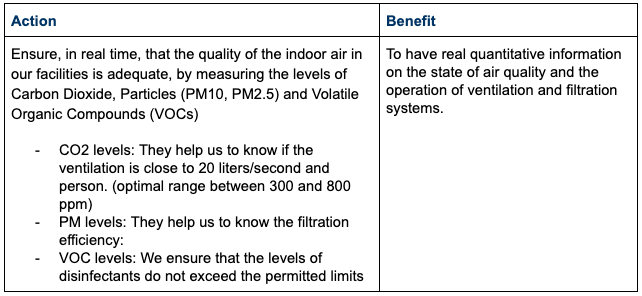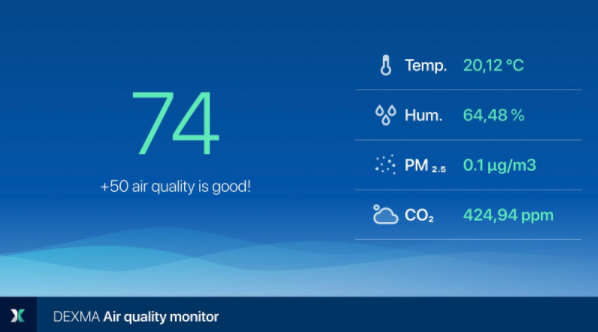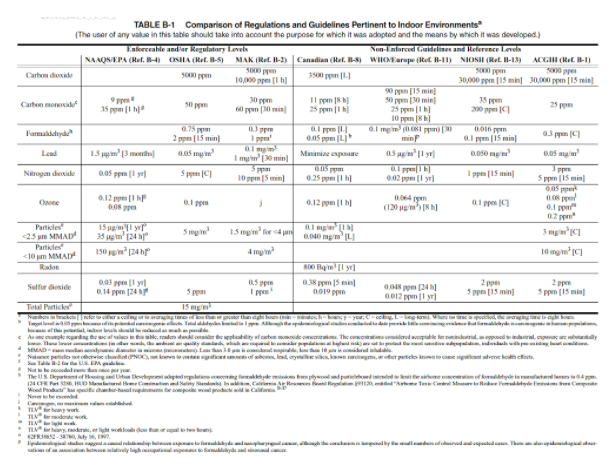What can we do in our buildings to reduce the risk of COVID-19 infection? Are there measures beyond complete disinfection of work spaces to facilitate re-entry?
These are questions we have received from many customers over the past few weeks. In our article this week, we’ll outline 7 Measures you can take to prepare your buildings for reopening after COVID-19 lockdown and prevent the spread of COVID-19 or similar viruses in your facilities.
The following proposals are valid for spaces where non-clinical activity takes place, hospital environments already have much more demanding measures in place. If you are managing offices, supermarkets, retail shops, schools, sports centres, and so on, these tips are for you, especially if your site has mechanical ventilation systems.
The first step to reduce the possibility of infection within your facilities, is understanding the mechanism of transmission of the coronavirus.
What causes the spread of COVID-19?
The WHO states that the main means of transmission is through droplets of water that come out of our bodies when we speak, exhale or sneeze.
 The largest drops (>10 microns) fall quickly to the surface (floors, tables, chairs, sheets of paper, etc.),
The largest drops (>10 microns) fall quickly to the surface (floors, tables, chairs, sheets of paper, etc.), - While the smaller drops (less than 10 microns) remain suspended in the air.
- The droplets deposited on surfaces (the larger ones) contain more mass, and therefore more viral load.
It is by having direct contact with these drops and then moving our hands closer to our mouth or nose or touching another person that we become infected.
But, which is the suspension time of each of these elements? Let’s look at the following table:
The distribution of drops ejected by the human body follows this pattern. We see that the vast majority have less than 10 microns:
However, the distribution of volume (directly proportional to mass) follows this pattern:
This means that the vast majority of viral load will be concentrated in the drops that are between 1 and 10 microns, which are those that stay between 1h and 12h in suspension.
Now that we better understand what causes COVID-19 infection and how it spreads, we will give you 7 key measures to prepare your facility for post-confinement reopening and reduce possible infection.
7 measures to reduce COVID-19 spread in your buildings
1. Measures on the ventilation system
2. Measures on the filtration system
Nowadays there are tools based on artificial intelligence and advanced analysis that allow you to analyse CO2 and humidity levels in your offices.
An example of a tool that supports the realisation and achievement of objectives to improve the environmental quality of your facilities is the Energy Management Platform DEXMA. We leave the link to the demo here.
3. Measurements on humidity conditions
4. Measures on energy recovery from ventilation
5. Measurements on the fan coil units
6. Measures on the ventilation pipes
7. Measures on indoor air quality monitoring
The table below shows different ranges depending on the element and the standard/legislation followed:
Source: ASHRAE “Ventilation for acceptable indoor air quality”, p. 30
Editor’s note: We would like to thank Ambisalud, experts in indoor air quality management, for their assistance in preparing this content.
We remind you that if you want to try the DEXMA advanced energy management platform, you can request your demo or talk to our experts.
